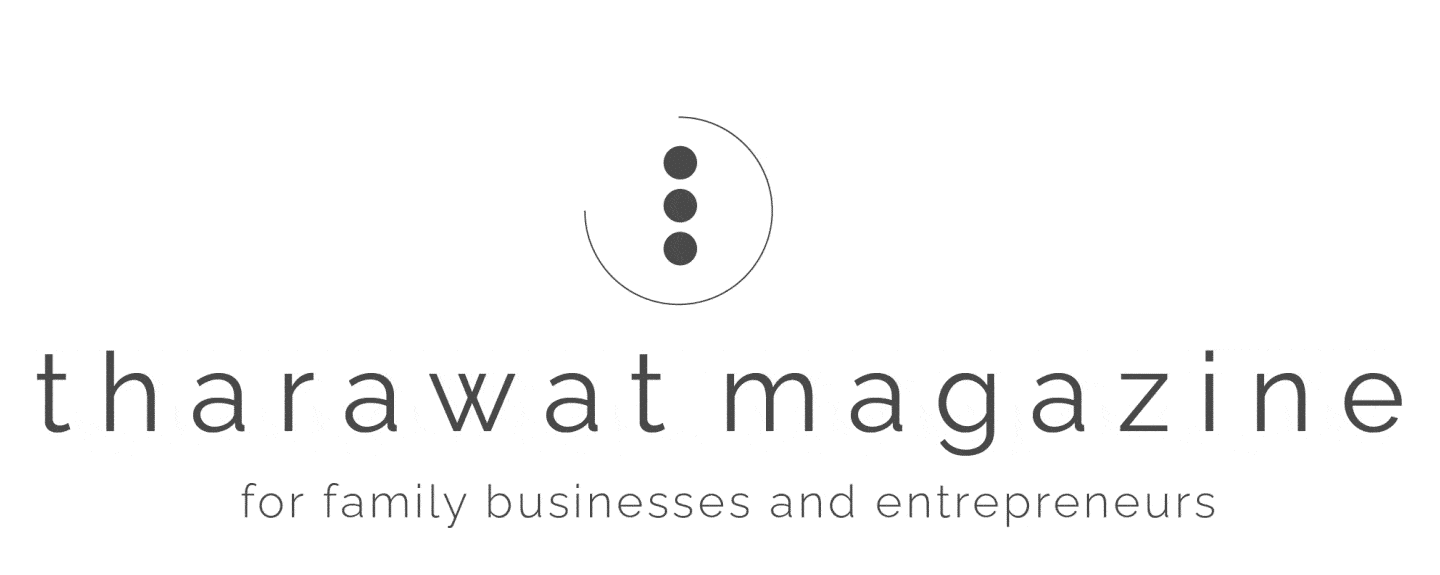“We do not inherit the Earth from our ancestors, we borrow it from our children.”
A family charter or a family protocol document, also known as the family constitution, encapsulates a set of principles which seek to reflect the values of the family and regulate its relationship with the business. Clearly, this is not an easy task. The family charter is not a legal document; it sets out morally binding statements, which the family has agreed upon and accepted. Some but not all statements may, if the family should so choose, be converted into legal obligations. Some families choose to have the family charter notarised, while others have family members swear under oath that they will abide by its terms. There have also been cases where ceremonies are organised for a family member, when they reach legal age, to repeat the process and reaffirm the importance of the family charter. In the following analysis, Niall O’Toole, Partner, and Prarthna Chadda, Senior Associate at Clyde and Co. explore the process of building a family charter and examines the case of a Gulf family business as a correlating model.
[ms-protect-content id=”4069,4129″]
The obstacles along the way
The process of drafting a family charter can prove to be a long journey. However, it is important that all stakeholders are involved in this process and that each individual feels a sense of ownership of the finished product. The process can be challenging, as it is often necessary for family members to compromise their viewpoints and establish a middle ground. The family may also find itself challenged on previously accepted notions, which have been formulated over the years. Even a dynamic, successful patriarch should be prepared for a surprise when facing the opinions of younger generations which are just as valid as his own. As a result, the central figures of the family may be forced to adopt different methods in order to achieve the same goals that are essential to the family’s success.
The family will find that every aspect of the business and the different relationships within the family are brought to the table for open discussion during the process, forcing them to collectively consider the interests of the enterprise before the interests of individual family members. Of course, there is an overarching need to balance emotional intelligence and business sense. While demanding, the discussions held during this process can bring the family one step closer to creating a legacy, in addition to the legacy of its business.
Prerequisites and content
The first step to establish a family charter is often for a small group of family members to assemble itself with a contingent from each generation of the family present. The grouping should not be limited to only those family members involved in the business. This group can be tasked with setting the parameters of the family charter’s contents with the intent of representing the views of all stakeholders during vital discussions related to the constitution. It is important for the family to be prepared for the time commitment necessary to building a family charter. While the family charter process can prove lengthy, the investment is negligible in comparison to the level of future stability, that, if designed properly, the family charter should provide.
The family charter should cover a variety of matters including the family’s ‘mission statement’, who represents the family in the business, how conflicts are to be resolved, who may be employed by the business, the often thorny question of the definition of ‘family member’ for the purposes of the business, the family’s policy regarding education and remuneration, and how family members may exit the business.
As mentioned above, the family charter is not a legally binding agreement. However, legally binding agreements which implement the provisions of a family charter may be put in place in order to create legal structures around the family’s needs and objectives, and the needs and objectives of the business. As the old adage proclaims, ‘good fences make good neighbours’, a philosophy which inherently drives the intent of a legally binding agreement. Providing boundaries which facilitate better relationships between the family members and their business are squarely the driving force behind a family charter.
Legality and implementation
One of the primary challenges present when building the family charter is determining what can be included in a legally binding agreement and what should be excluded. This is dependent on a number of factors including the dynamics of the family, the level of trust, and the structure to be put in place. Any structure that is implemented should, at the very least, facilitate dialogue, clearly set out roles and responsibilities, provide for efficient decision-making, aid the flow of information and assist with dispute resolution. It is important to realise that, as no two families are alike, the needs of each family are unique and the structure to be adopted for a family will, therefore, also be unique.
Often the wishes of the family members are not clearly supported by the provisions of law, or may not be practically feasible. It is important to be open-minded and creative. For example, promises to treat one another with respect are hard to translate into legal documents and therefore do not warrant a clause, in an attempt to make such promises binding.
Another issue that may arise is the need for family members to commit to the process of implementing the family charter and the structures within. This process could, and often does, take months. It involves a substantial commitment of time and effort to put structures in place and learn how to apply them in practice.
The Case of a Gulf-based family business
A large, diversified Gulf-based family business with multiple branches found that several family members wished to review and implement the provisions of their family protocol document. The family members agreed that they were approaching a transitional phase and that future generations would benefit if historic patterns of behaviour were documented. The family committed prodigious efforts and with time formally adopted the family protocol document.
In a later stage the family business had the protocol document reviewed by lawyers who provided advice on the matters that could be incorporated into the constitutive documents of the group’s holding company and the constitutive documents of the separate corporate vehicles, that each branch of the family would need to incorporate, to hold its stake in the group.
After several meetings with other advisors who played an important role in moderating discussions, which led to the family protocol document, an initial draft of each of the agreements was prepared. The resultant drafts would translate the concepts of the family protocols into legally binding arrangements.
Once the legal documents were drafted, a number of meetings were held with the family and external advisors to agree on the scope and wording of the matters to be included in the legal documents. This process was time-consuming but essential. The legal documents had to reflect the understanding of the family, and this could only be achieved if all family members understood the contents. This process, due to the size of the family and logistical challenges, took well over a year.
The legal structure is now in implementation whereby the family business will adopt the constitutive documents of the legal entities. This is expected to take another six months. This timeframe is not unusual for an exercise of this nature and indeed families must be prepared to devote substantial time and resources if they wish to increase the chances of their business surviving into future generations.
Thoughts on the process
The family charter is meant to be a living document. Given the effort it takes to create, the charter should not simply be put on a shelf or in a drawer to be forgotten. To be effective, it needs periodic review so that it can evolve in tune with the family. It is unrealistic to expect a family to speak with one voice. A more realistic goal exists in there being an allowance for different voices to speak in harmony.
While lawyers do not drive the process, they do provide useful advice, particularly when the family is ready to implement what has been agreed upon. Generally, third-party advisers can be involved from brainstorming with the family on matters to be included in the family charter, to ‘hard-wiring’ the family charter into legally binding agreements. The family charter should reflect an understanding of the family and its philosophy to ensure that the family’s core values and vision are accurately and appropriately reflected in the legal documents that are put in place.
Tharawat Magazine, Issue 18, 2013
[/ms-protect-content]














